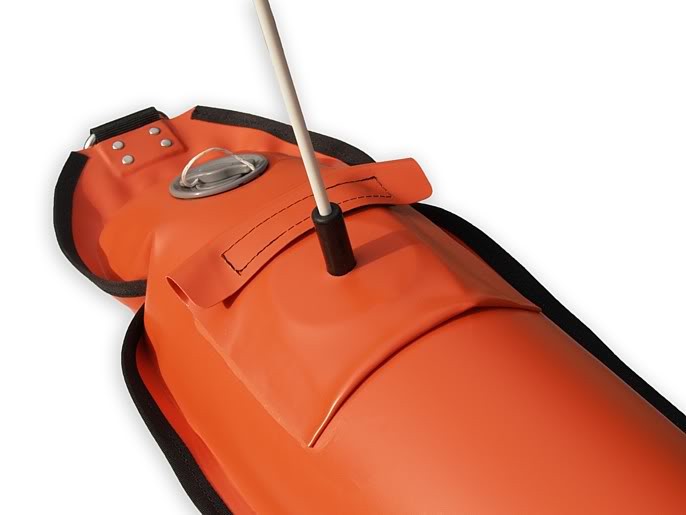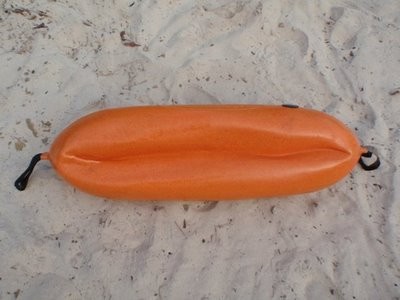The better floats list the lift capacity in pounds. For example the Riffe torpedo float claims 80lb of lift on the surface. Has anyone done a practical test to measure the lift capacity? What is an accurate test?
This is what I did to test a float's lift, let me know if it's a real test. I a have brass fish scale like this one. Granted it's not as accurate as a digital scale but it doesn't get damaged by submersion and a pound of inaccuracy is not a big deal.
I went to the local swimming pool, jumped in the deep end, hooked the scale to one of the float's D-rings, held on to the bottom rung of the pool ladder with one arm as I pulled the scale with the float attached to just below the surface. The resulting reading is the float's lift at the surface correct?
Another question I have; if I'm testing an inflatable float which was inflated by mouth, would the lift at the surface increase if I were to inflate it to a higher pressure with a pump? Or would the higher pressure only produce more lift at depth? Remember the volume of the float on the surface doesn't increase when inflated to higher pressure.



